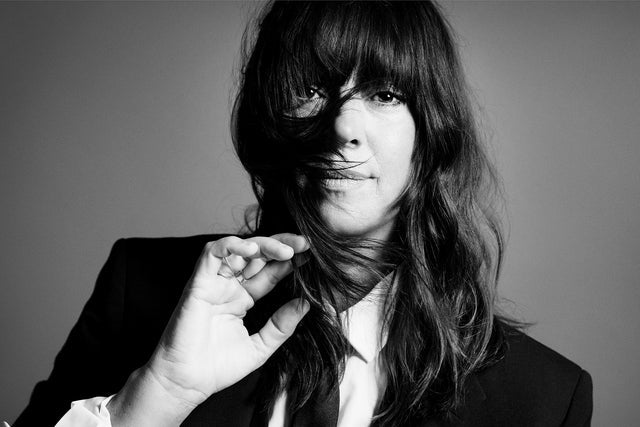From whisper to warm brass
Chan Marshall, known as
Cat Power, came up from the 90s indie underground and grew into a soul-tinted songwriter with a patient, lived-in voice. After her run honoring
Bob Dylan's 1966 set, this chapter leans back into her own catalog, with special focus on the
The Greatest era. Expect a quiet build that folds in songs like
The Greatest,
Lived in Bars,
Metal Heart, and
I Don't Blame You. The room trends mixed-age, from long-time crate diggers to newer fans who discovered her through film placements, and they listen hard between bursts of cheers.
Songs that breathe and linger
Trivia heads will note that
The Greatest was cut in Memphis with seasoned session players, and the
Cat Power name came from a trucker cap slogan. She often reshapes endings on the fly, waving the band to extend a vamp if the mood lands right. Just to be clear, I am projecting possible songs and production cues from past shows; the details could easily shift by the night.
The Quiet Crowd That Shows Up
Quiet is the loud part
The scene feels bookish but open, with black denim, boots, and well-loved jackets more common than flashy fits. People tend to hold their applause for the end of a song, and you may hear a gentle sing-along on
Sea of Love or the title line of
The Greatest.
Souvenirs with ink and paper
Merch skews toward vinyl reissues of
The Greatest, simple shirts with serif type, and poster art that looks like a film still. Fans trade notes on which version of
Metal Heart showed up that night, treating arrangement shifts like setlist rarities. You notice small rituals, like a soft cheer when she moves from guitar to piano, or a hush when she steps away from the mic to sing into the room. The crowd culture is polite rather than loud, rooted in indie-era manners from the 90s while welcoming new listeners who value the same focus.
Craft First: How the Music Lands Live
Smoke and sand in the voice
Live, her voice sits warm and grainy, landing notes a touch late for a human, conversational feel. Arrangements favor simple guitar or piano figures, with drums that play behind the beat so the lines can bloom. When the band joins, bass stays round and spare, and organ threads soft edges around the vocals rather than pushing hooks.
Small choices, big mood
She likes to lower keys and sometimes tunes guitars a half-step down, which deepens the color and gives room for sustained notes. A common twist is slowing the first verse, then letting later choruses breathe wider with added harmony or a brushy snare pattern.
Metal Heart in particular often gets a piano-led re-harmonization live, turning its bite into a slow, glowing plea. Lighting tends toward cool blues and amber backwash, a quiet frame that keeps the music up front.
Neighbor Notes: Artists You Might Also Love
Kindred voices, kindred rooms
Fans of
Sharon Van Etten often vibe with
Cat Power because both blend confessional writing with sturdy, rolling guitars.
Angel Olsen brings a similar slow-burn drama and a fondness for classic tones that bloom under stage lights. If you like the grounded storytelling and unhurried phrasing of
Bill Callahan, the measured cadence here will feel familiar.
Mitski fans overlap too, thanks to open-hearted lyrics, dynamic hush-to-swell arrangements, and a crowd that values quiet. All four share a respect for space, letting silence and low tempos carry weight, which is central to how
Cat Power makes a room lean in.



